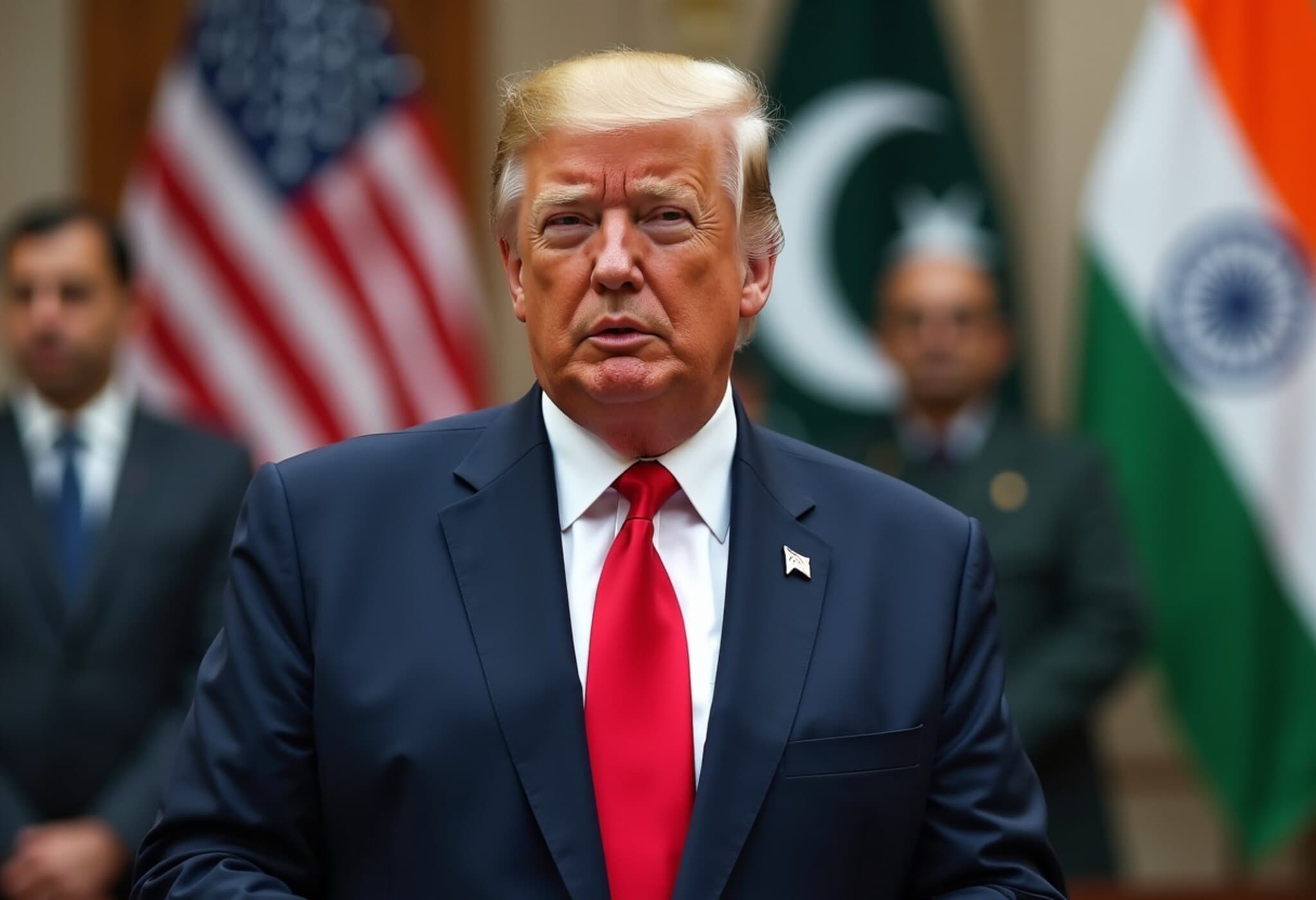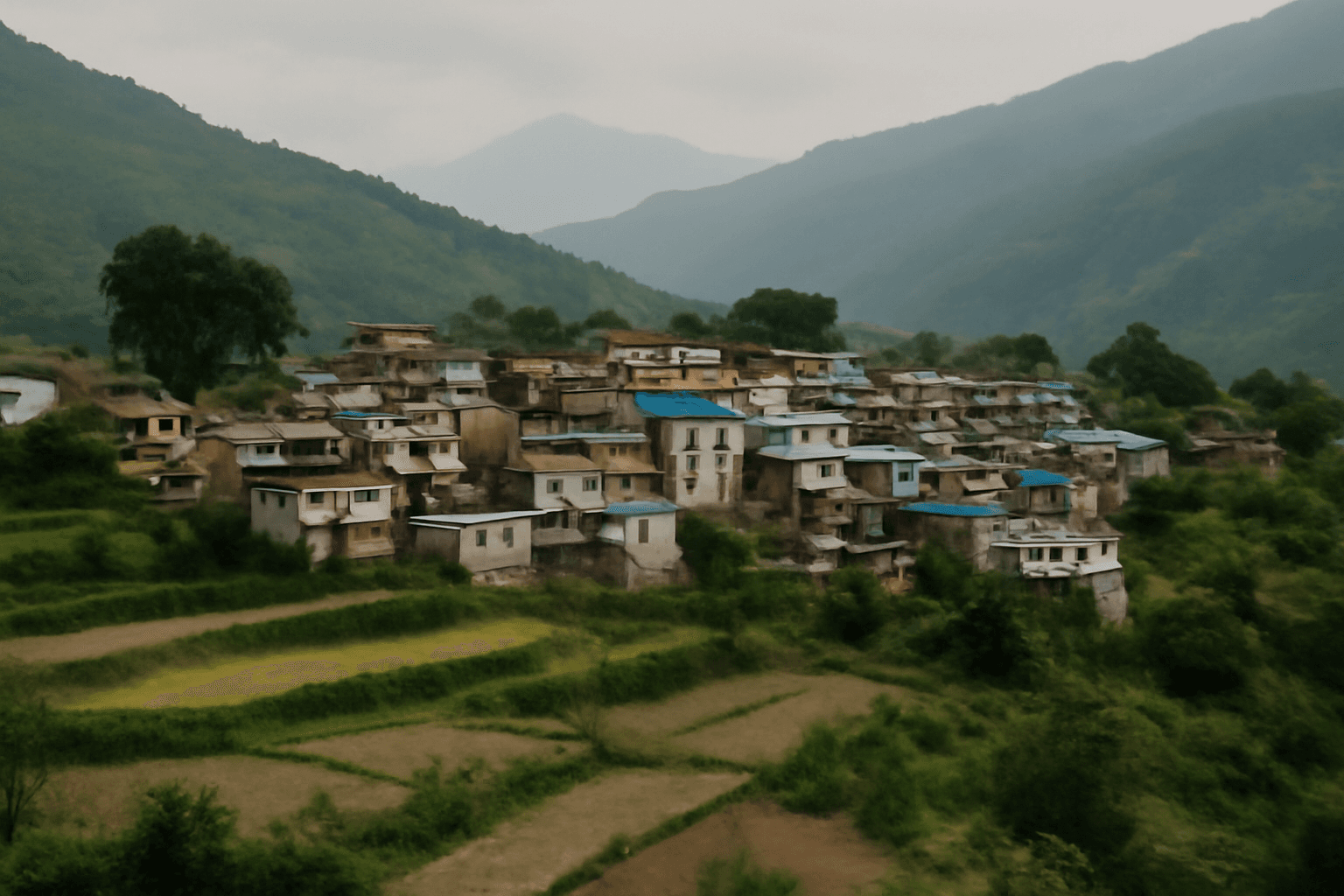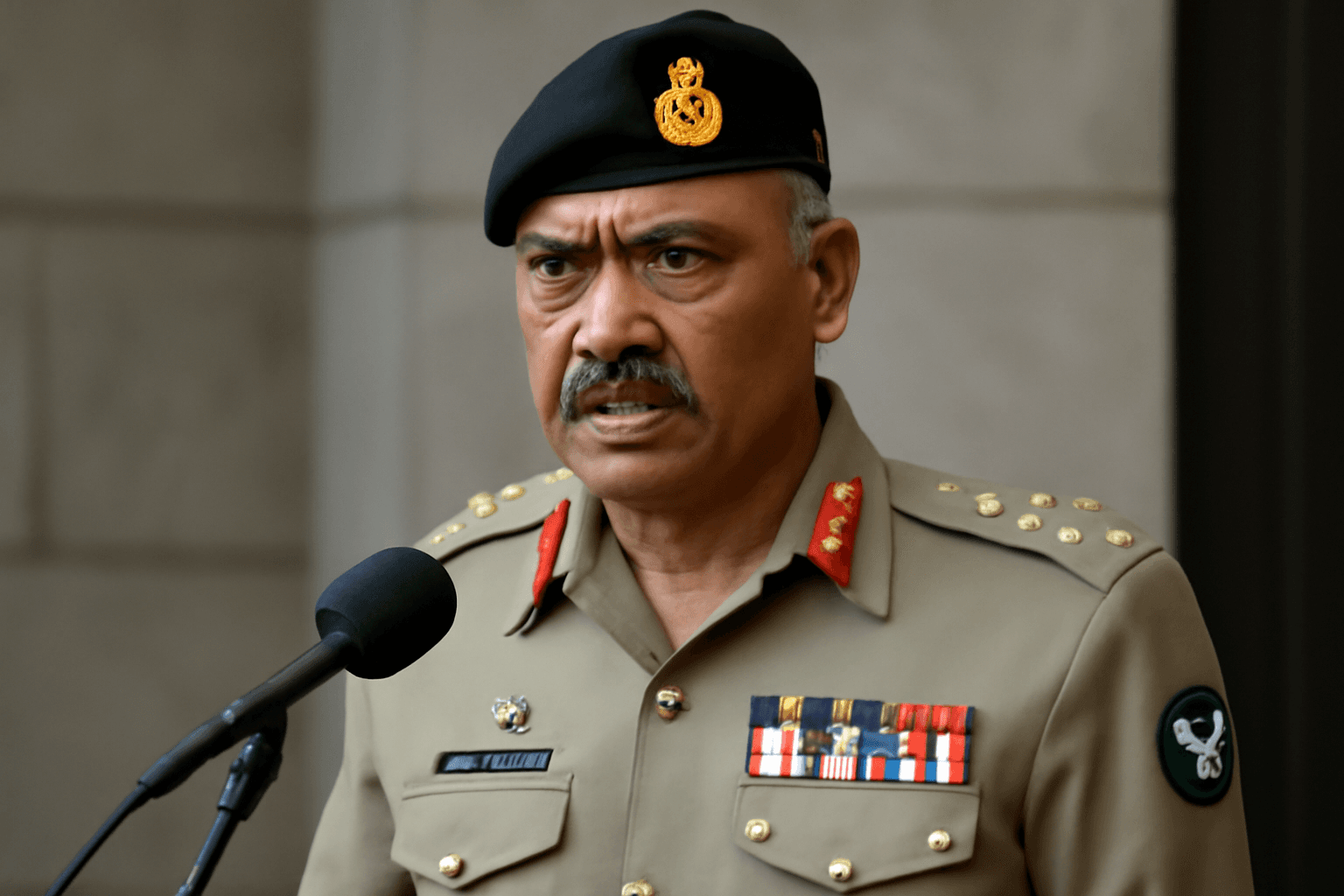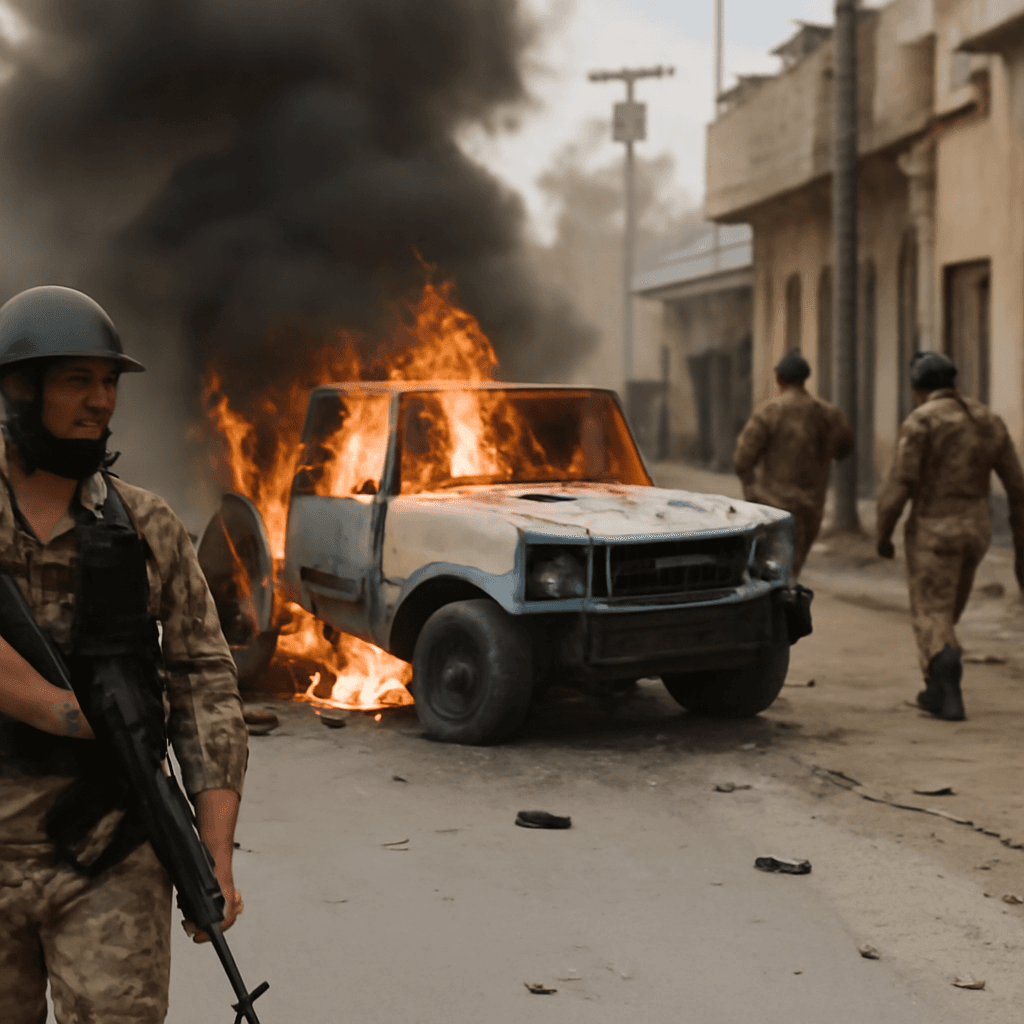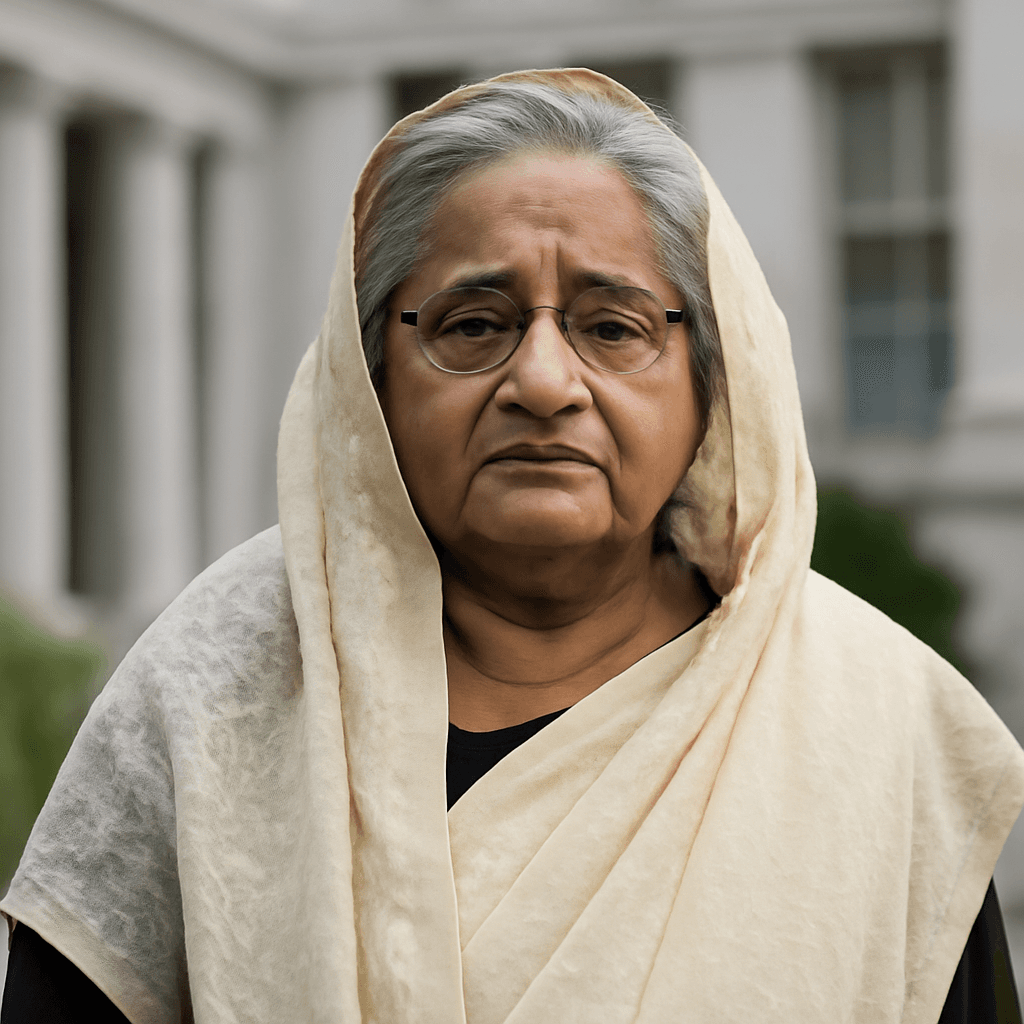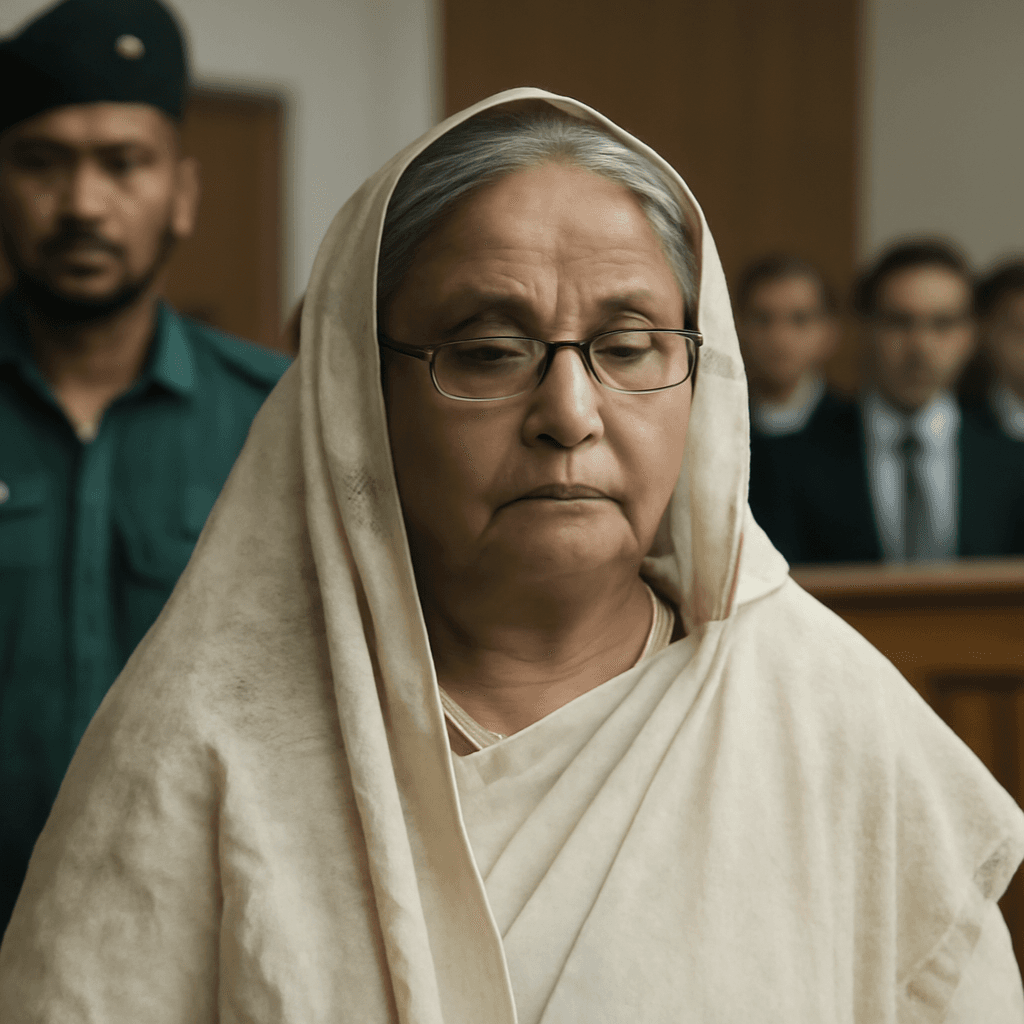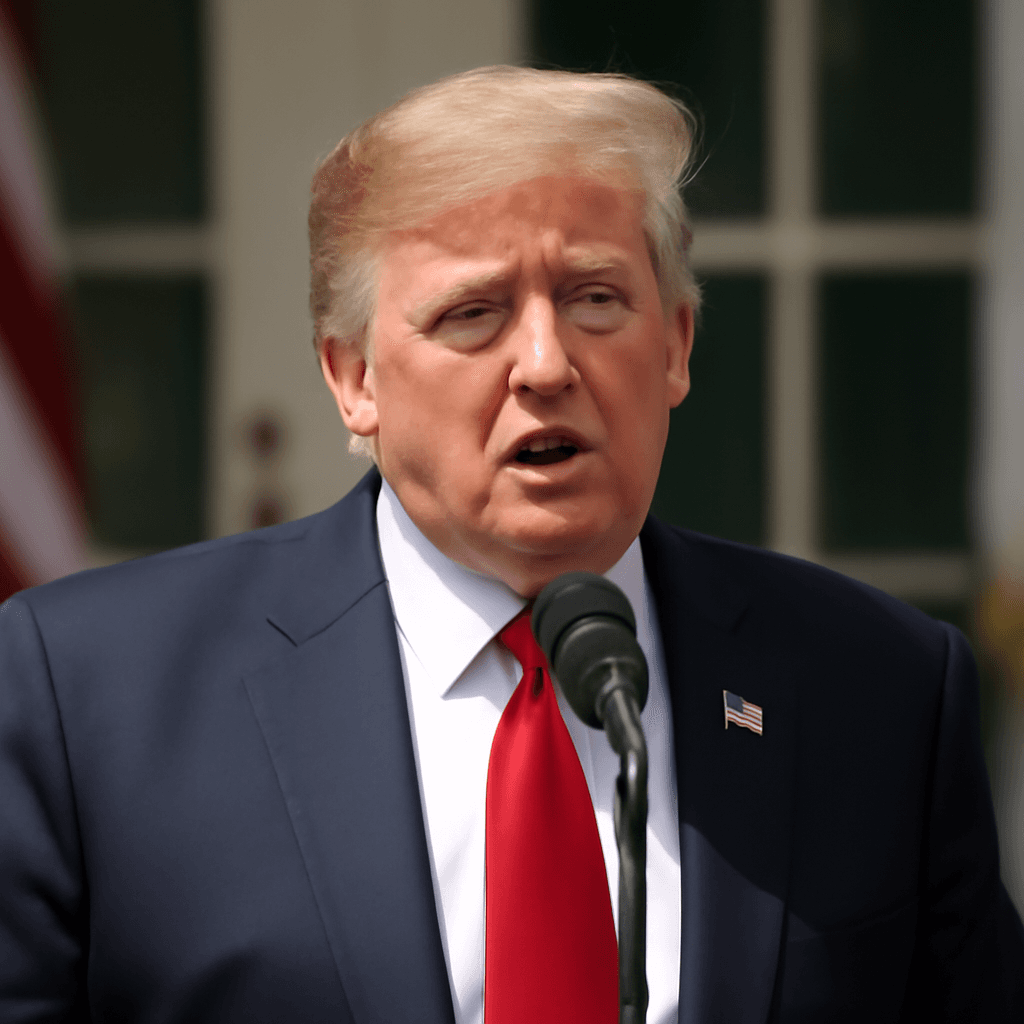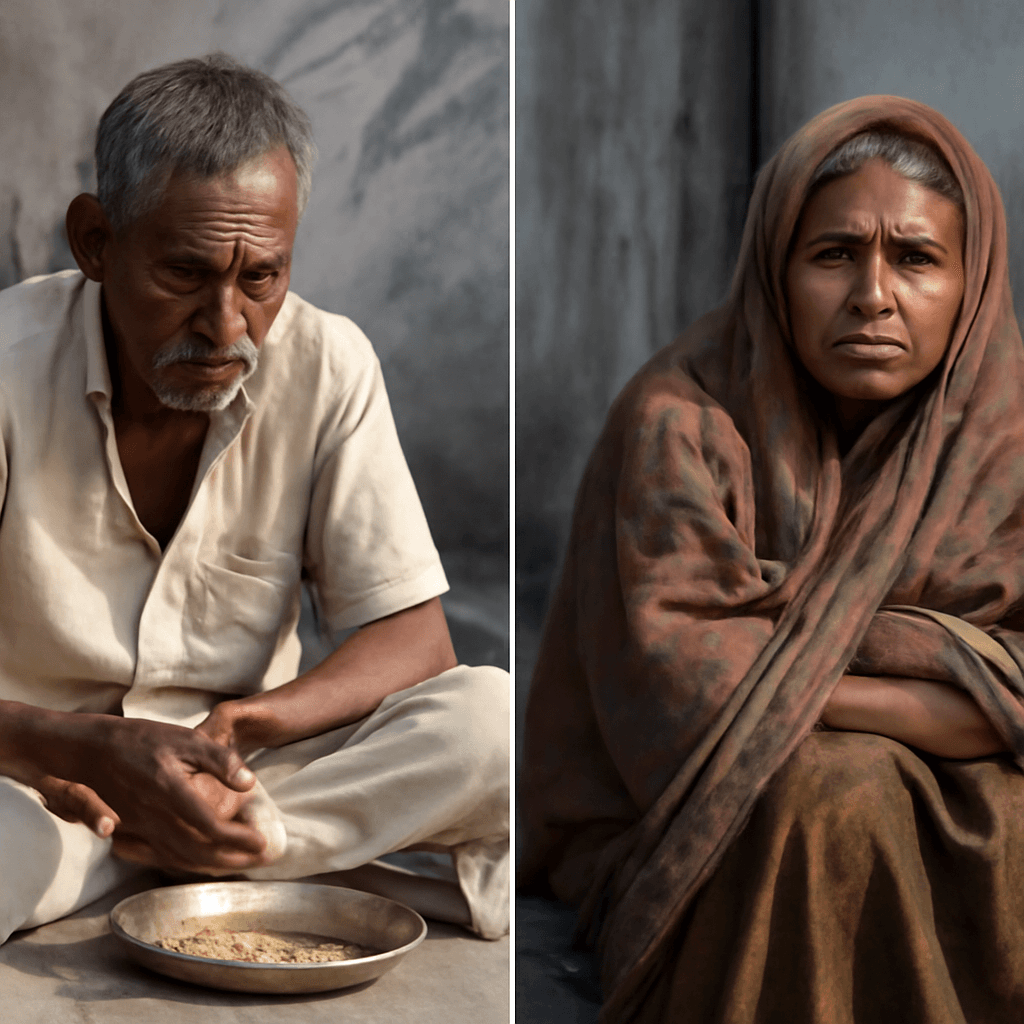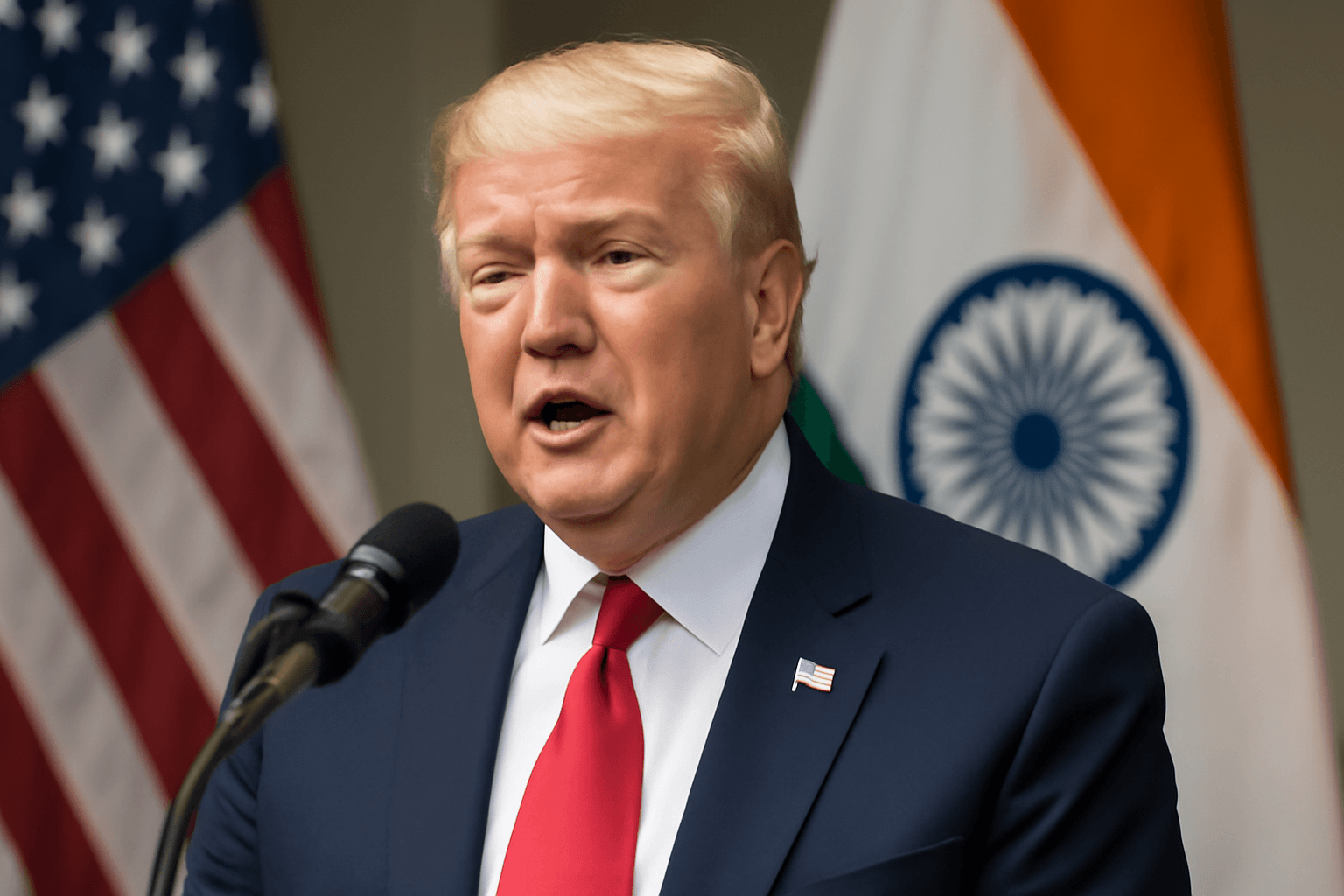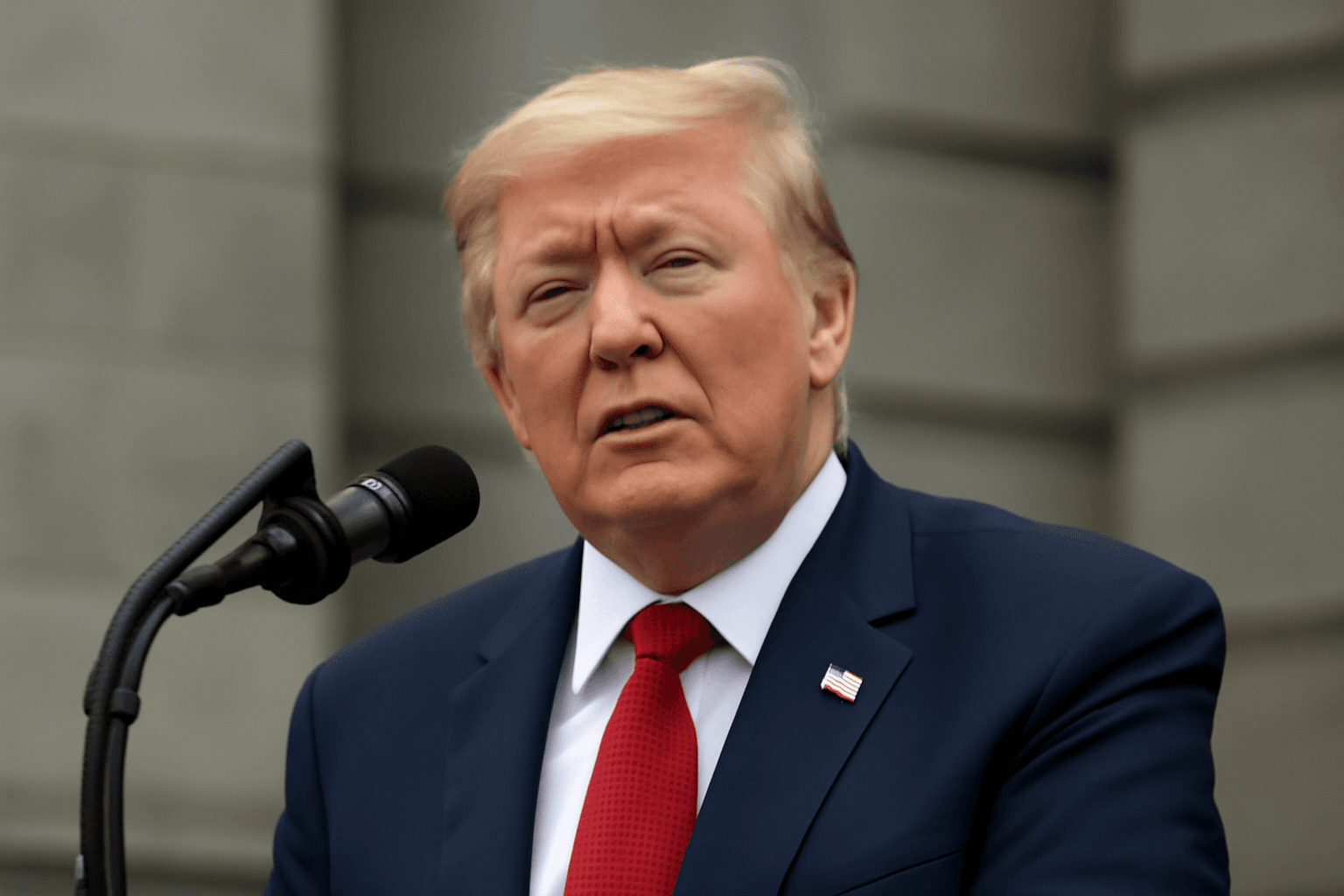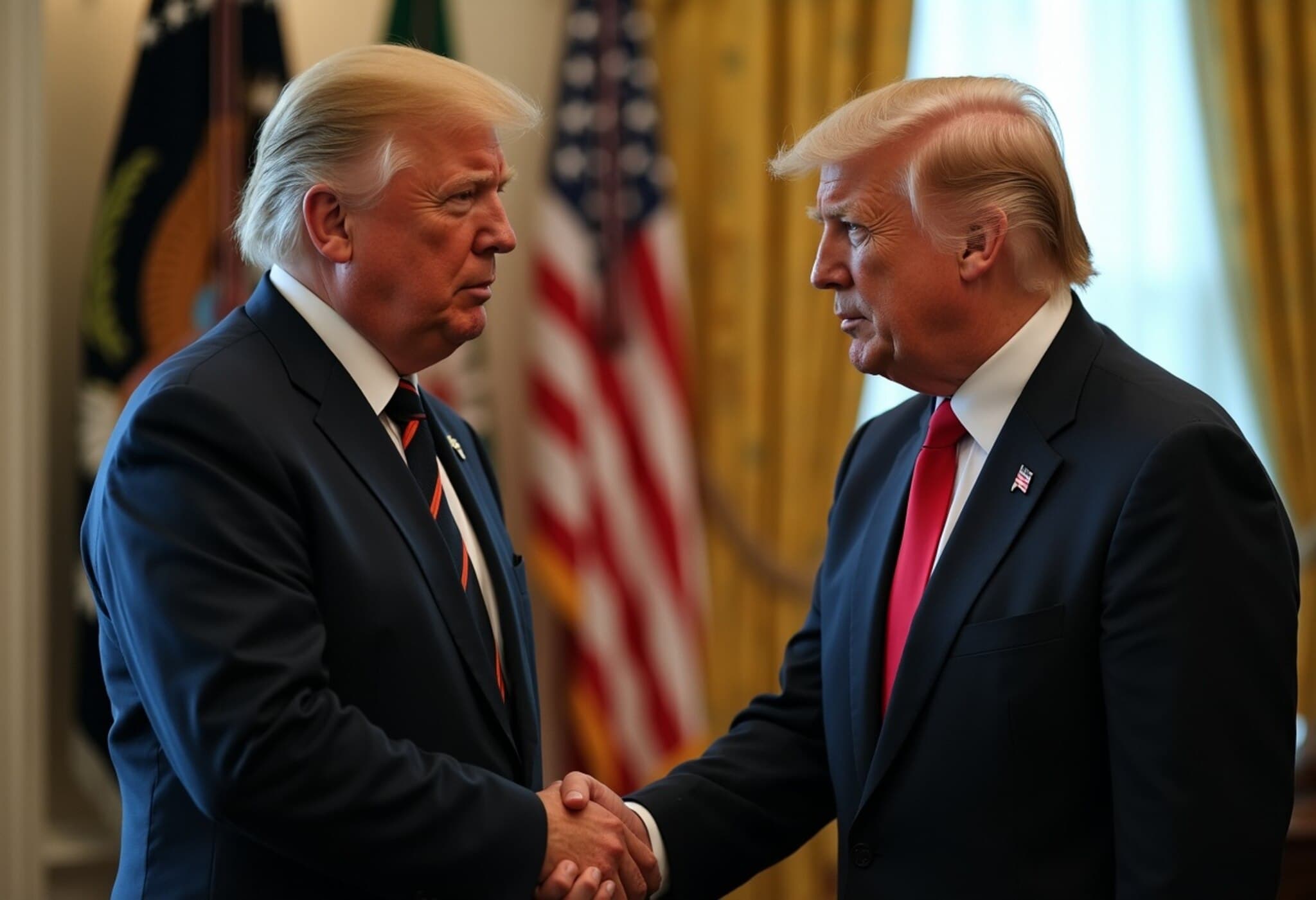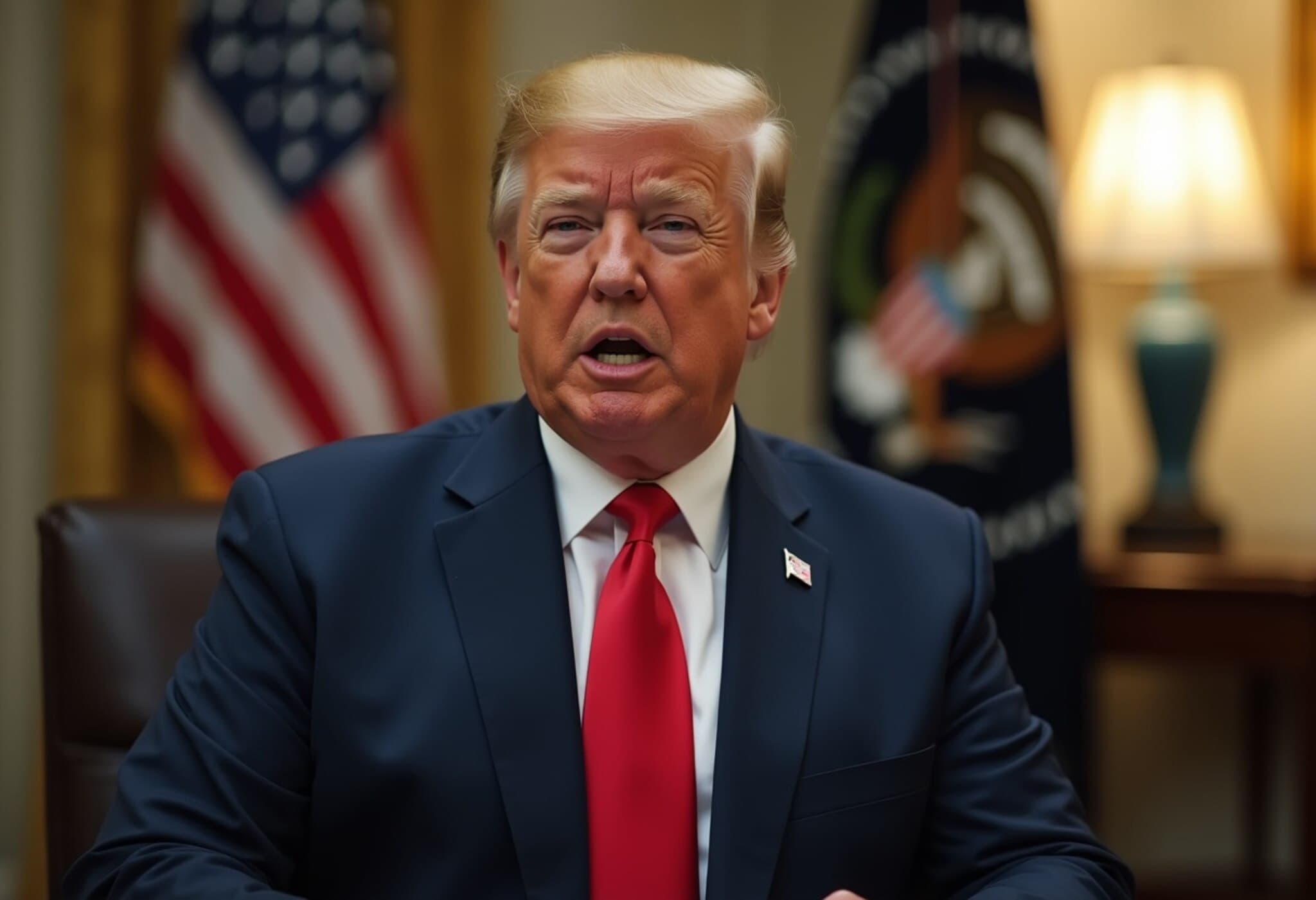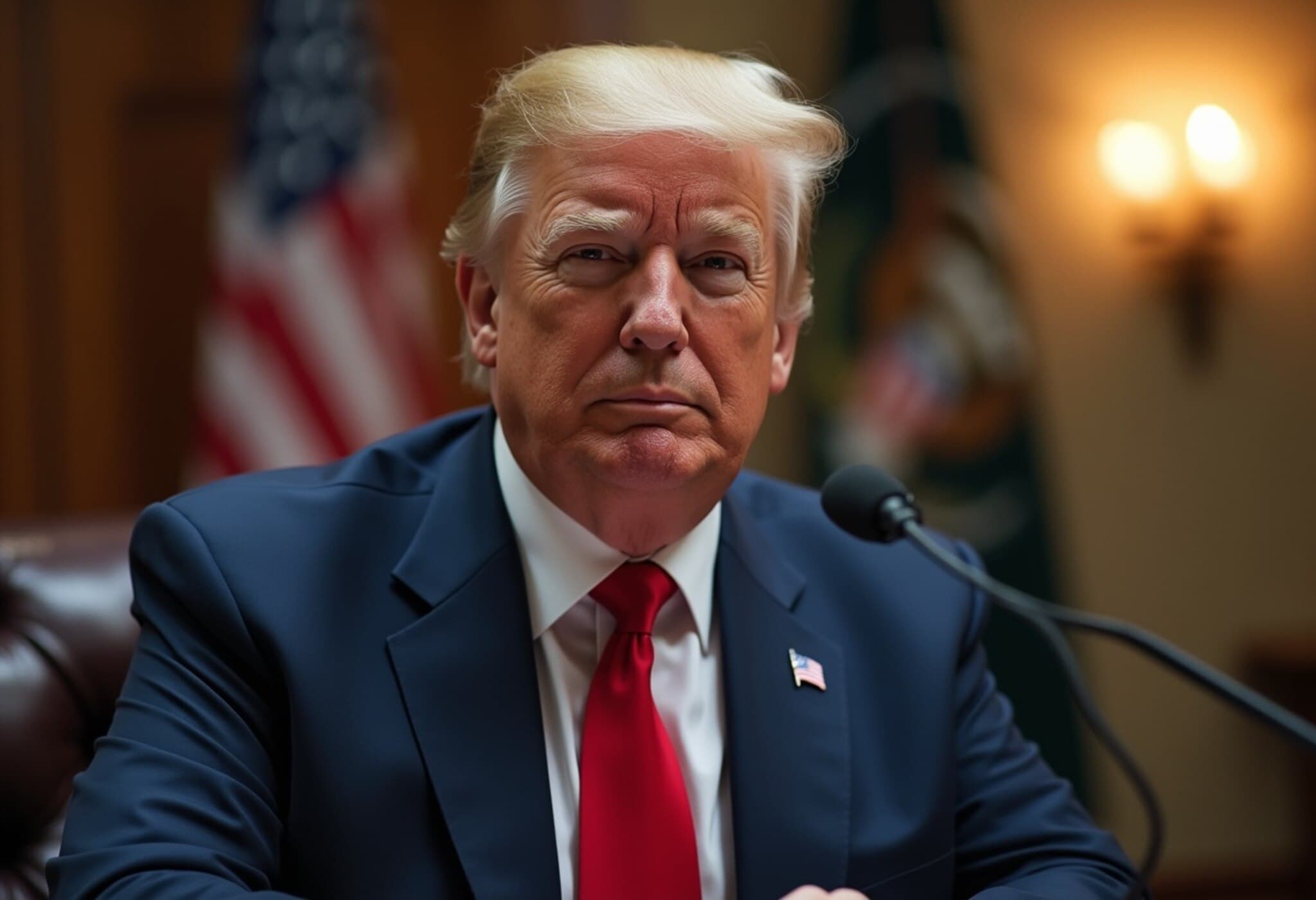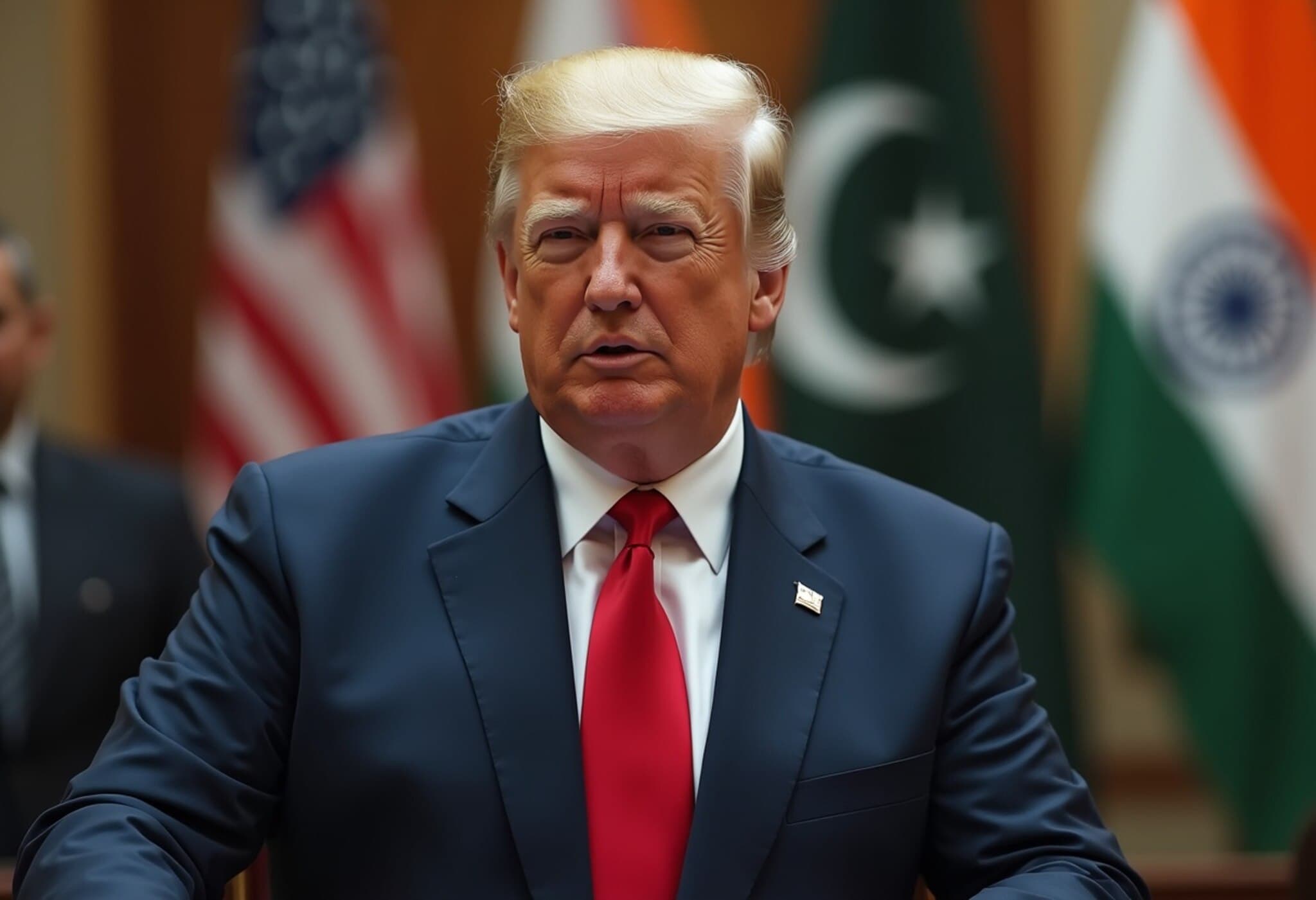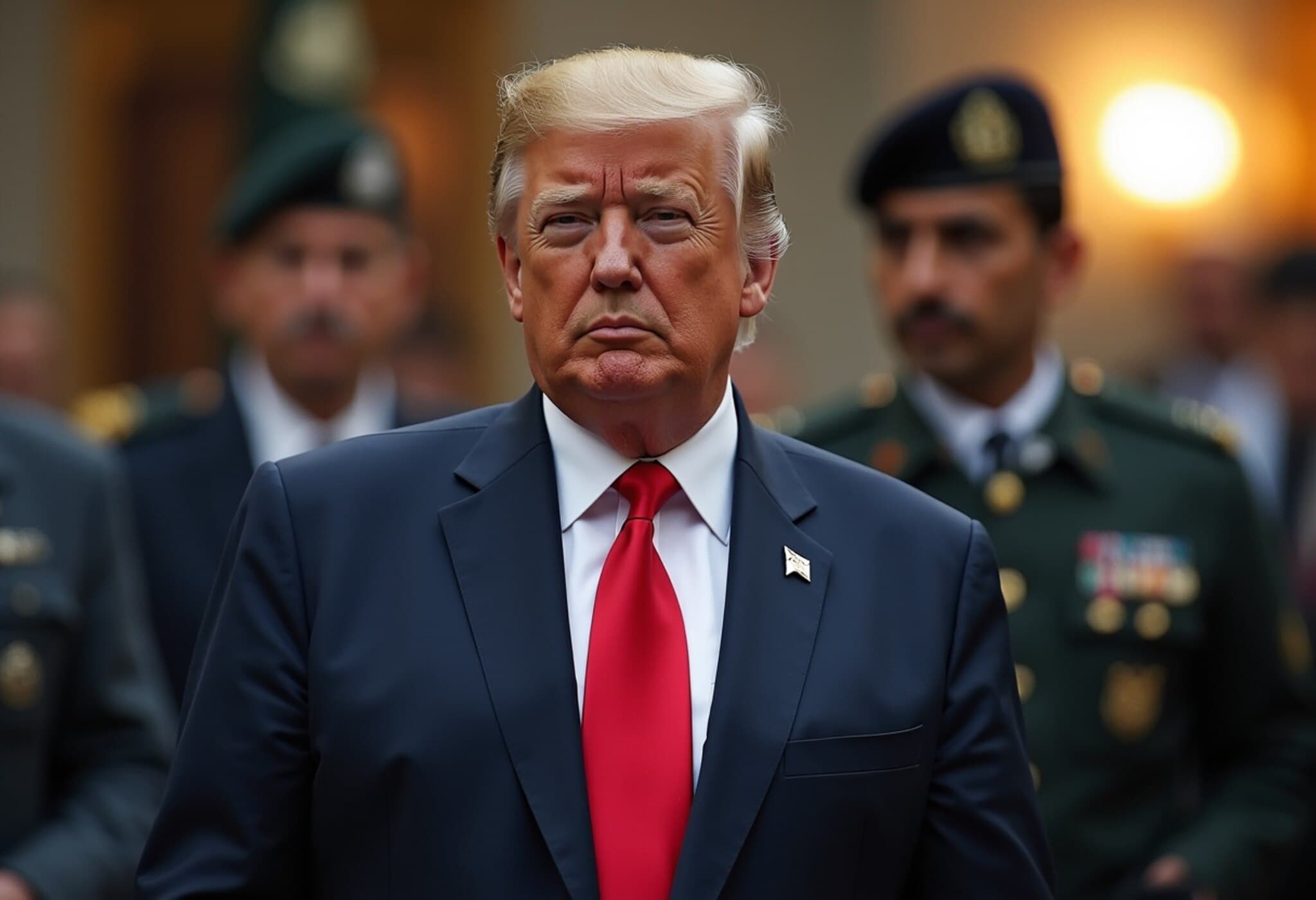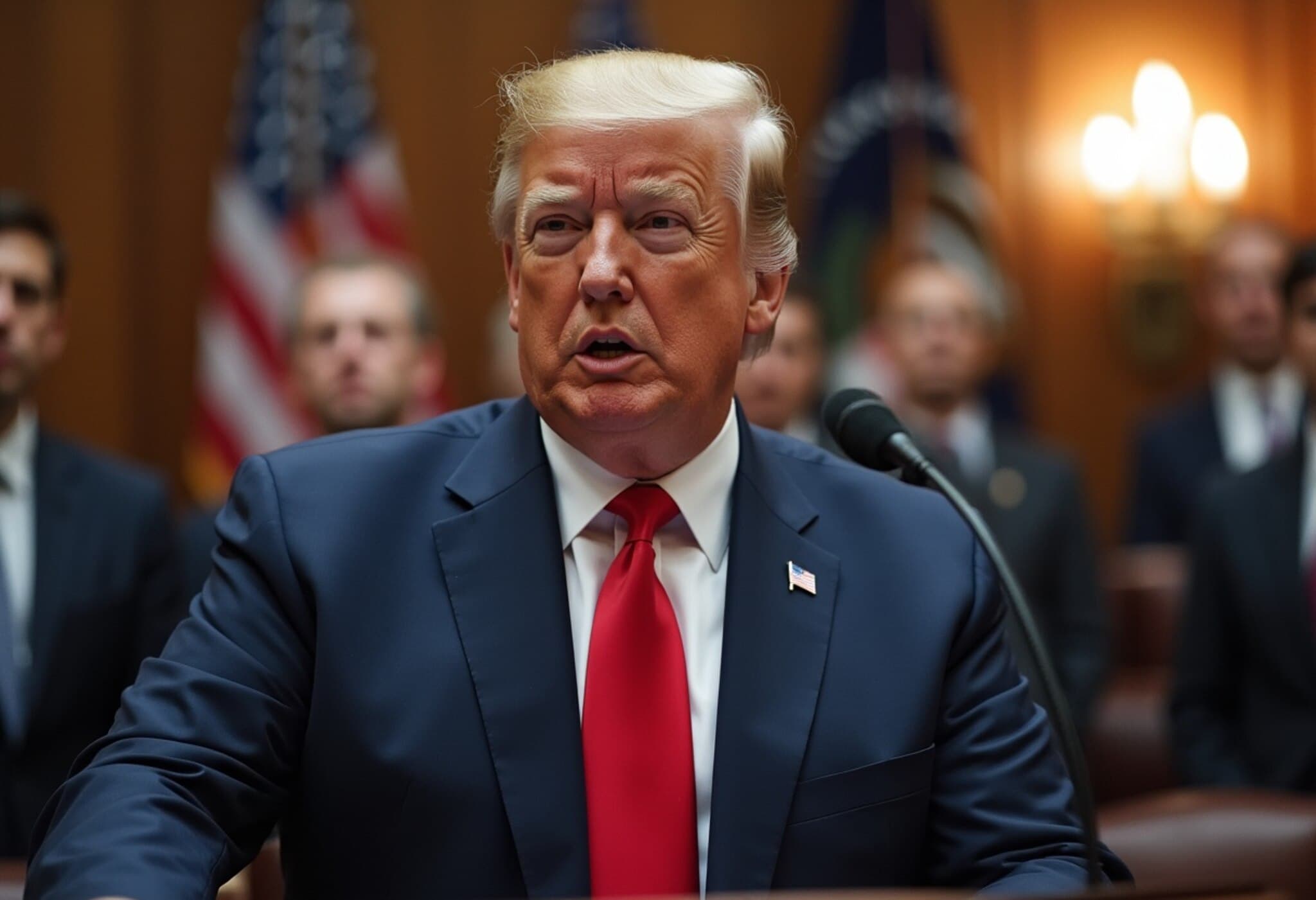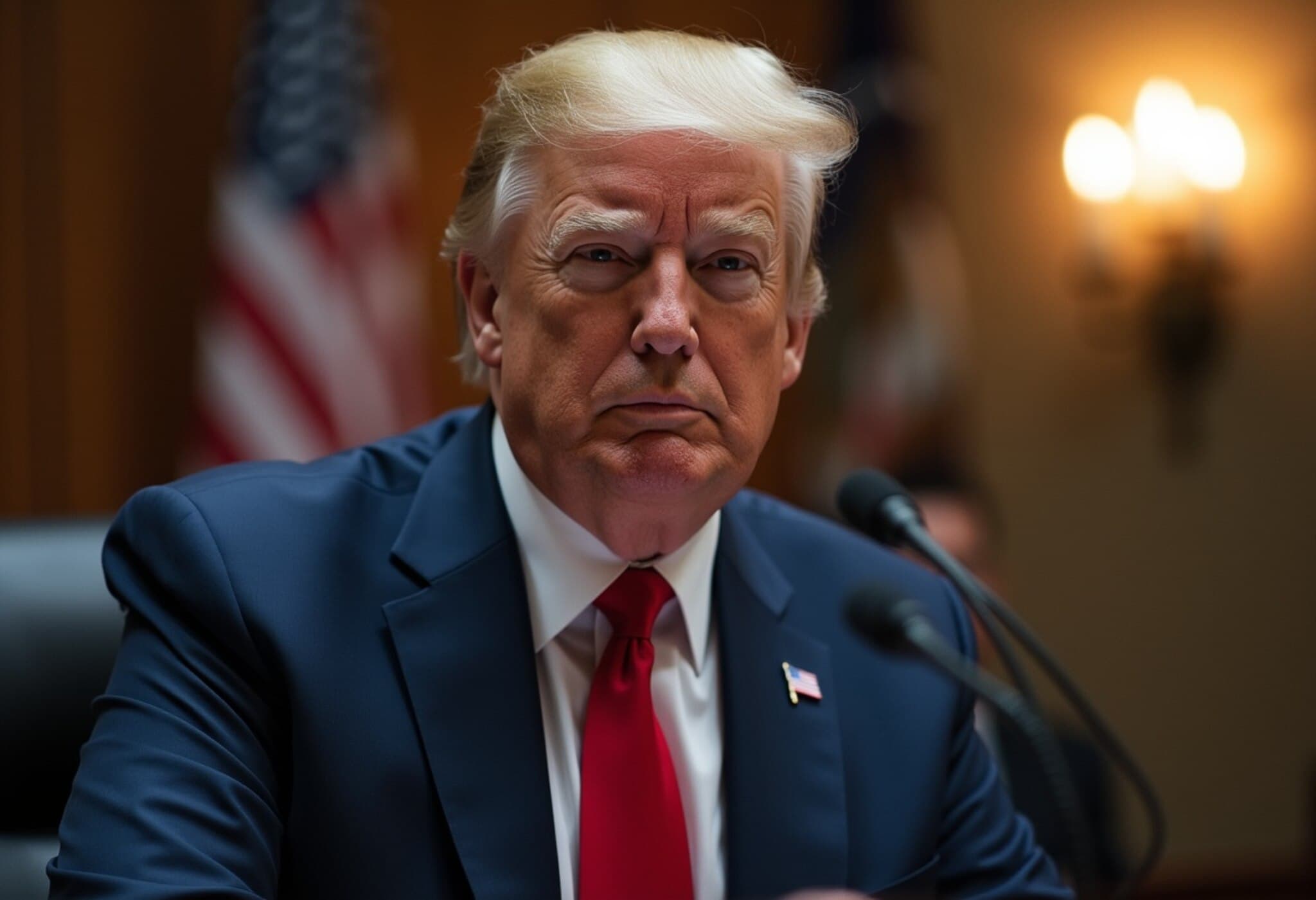Trump Asserts US Role in India-Pakistan Ceasefire Amid Conflicting Accounts
In a recent statement, former US President Donald Trump claimed that his administration played a crucial role in halting escalating hostilities between India and Pakistan, asserting that around five fighter jets were shot down during the conflict. Trump credited his diplomatic intervention for pushing both nuclear-armed neighbors toward a ceasefire, primarily leveraging economic stakes and trade deals to bring calm.
Details of Trump’s Claims
Speaking publicly, Trump remarked, "We stopped a lot of wars. These were serious wars. India and Pakistan were going at it, back and forth, and it was getting bigger and bigger, and we got it solved through trade." He suggested the US threatened to withhold trade agreements if cross-border firing persisted, ultimately paving the way for a ceasefire.
Trump also highlighted the intensity of the conflict by stating, "Planes were being shot out of there. I think five jets were shot down, actually," underscoring the potential for catastrophic escalation between the two nuclear powers.
India’s Official Position: Denial of US Mediation Role
Contrasting sharply with Trump’s narrative, India’s External Affairs Minister S. Jaishankar dismissed the notion of US mediation. In an interview, Jaishankar recounted his firsthand experience during a tense phone call involving US officials and Indian leadership at the height of the crisis.
He stated, "I was in the room when Vice President Vance spoke to Prime Minister Modi on the night of May 9, saying that Pakistan would launch a very massive assault on India. We did not accept certain things, and the Prime Minister was impervious to what the Pakistanis were threatening to do." The Indian side indicated it was prepared to respond robustly rather than simply accept ultimatums.
Furthermore, Jaishankar clarified that subsequent communications involved standard diplomatic exchanges, including messages from Senator Marco Rubio indicating Pakistan’s willingness to engage in talks, rather than US-imposed conditions leading to a ceasefire.
Pakistan’s Gratitude: Acknowledgment of US Role
In contrast, Pakistan has publicly expressed appreciation for what it described as US mediation efforts. Islamabad credited the US for encouraging dialogue and de-escalation, reflecting a nuanced disparity in the two neighboring countries’ official narratives.
Contextual Analysis: Diplomatic Tightrope in South Asia
The India-Pakistan relationship has long been fraught with tension, particularly over the contested Kashmir region. Despite longstanding ceasefire agreements, periodic flare-ups have led to military engagements that risk spiral into wider conflict, dangerously involving two of the world’s largest nuclear arsenals.
Trump’s claims reflect the complex interplay of international diplomacy, where economic incentives and behind-the-scenes pressure can be vital tools for conflict resolution. However, the divergent responses from India and Pakistan spotlight the challenges in establishing a unified historical account of such incidents.
From an American foreign policy perspective, promoting stability between India and Pakistan aligns with wider geopolitical interests, including regional security, counterterrorism cooperation, and maintaining strategic partnerships.
Underreported Aspects and Critical Questions
- Verification of Military Claims: Independent sources have yet to confirm the reported shooting down of up to five jets during the conflict, raising questions about the scale and characterization of military engagements.
- Impact of Trade Leverage: How significant was trade diplomacy in influencing India and Pakistan’s decisions, given both nations’ economic and strategic priorities?
- Long-term Ceasefire Prospects: Can economic incentives sustainably reduce tensions, or do underlying political and territorial disputes necessitate deeper engagement?
Conclusion
While Donald Trump emphasizes a narrative of diplomatic success in defusing Indo-Pak conflict through assertive trade-linked pressure, official statements from India offer a markedly different perspective, highlighting resilience and self-determined responses rather than external mediation.
This contrast underscores the intricacies of modern diplomacy where multiple narratives coexist, influenced by domestic politics, regional alliances, and international ambitions.
Trump’s assertion shines a spotlight on the potent yet often opaque role of economic diplomacy in high-stakes conflict resolution. For readers, this episode raises questions about how superpowers shape regional disputes and the importance of cross-verifying official accounts in international crises. As India, Pakistan, and global powers navigate their intertwined futures, transparency and nuanced understanding remain paramount to preventing further escalation.

